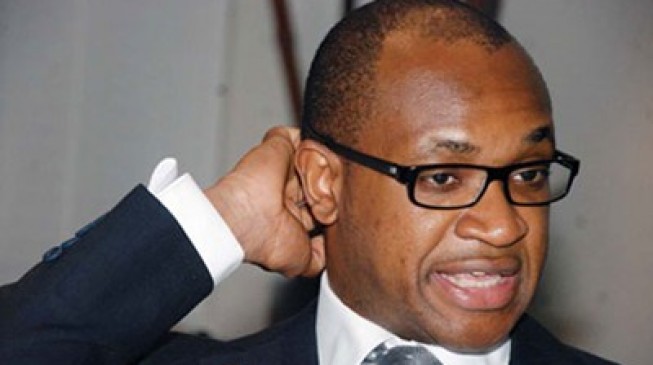
The bank achieved a strong growth in profit in 2014 when it lifted net profit by 38.3% to a new peak of N22.13 billion. This is now followed by a sharp drop of 78.5% in net profit to N4.76 billion in 2015. The strong growth in profit in 2014 happened mainly because interest expenses declined against an increase of 14.2% in interest income. The pattern was reversed in 2015 when interest cost rose ahead of interest income at 31.5% compared to 4.7%, causing a drop of 12% in net interest income.
The bank’s profit capacity got another big hit from impairment charges for credit losses last year, which advanced by 41.3% to N15.03 billion. This is an accelerated growth from the increase of 33.3% in the preceding year. An expansion of over 37% in the net credit portfolio in 2014 appears to have been on the aggressive side. A return to caution seems to have informed a moderate decline in the portfolio volume in 2015.
Apart from the two major rising costs, inability to grow gross earnings compounded the problem of rising cost. Against an increase of 13.5% in gross earnings in 2014, revenue only inched up 2.6% to N152.51 billion in 2015. Mr. Peter Obaseki, the bank’s managing director/chief executive officer, faces the task of how to navigate the bank through the cost-income choke to attain operating stability.
The modest improvement in revenue was mostly accounted for by interest income, which improved by 4.7% against an increase of 2.6% in non-interest income. The main drawback is other income, which dropped by nearly 69%.
Revenue growth is constrained by a sustained drop in the investment portfolio for the third year running and a decline in loans and advances. At N135.31 billion, investment securities have fallen by close to 45% from the 2012 peak. Net loans and advances to customers declined by 4% to N592.96 billion at the end of 2015.
With the slacken performance in revenue, the two rising expense lines claimed significantly increased proportions of revenue. Interest expenses, for instance, claimed 48.3% of interest income and 39% of gross earnings compared to 38.4% and 30.5% respectively in the preceding year.
Management however succeeded in controlling cost in one of three main expense lines, which is operating cost. Operating cost was flat in the year, which was accounted for by a cut down in personnel expenses. This helped to moderate the increases in the other two major cost areas. The bank’s operating cost margin at 44% is at about the industry average number and it has been maintained around this level over the past three years.
The ability to convert revenue into profit weakened in the year, which was caused mainly by the increased incursion of interest expenses on earnings. Net profit margin fell from 15% in 2014 to 3.1% in 2015 – one of the lowest profit margins in the banking sector. An increased claim of loan loss expenses on gross earnings from 7.2% to about 10% over the review period also contributed to the drop in profit margin.
Earnings per share dropped from N1.12 in 2014 to 24 kobo in 2015, the lowest since the return to profit in 2012. The modest profit figure for the year could not boost the bank’s equity resources against a slight decline in liabilities. The strength to grow the size of the balance sheet was therefore missing in 2015, leading to a decline in asset base at over N1,159 billion.
credit: thecableng








Post a Comment
EmoticonClick to see the code!
To insert emoticon you must added at least one space before the code.